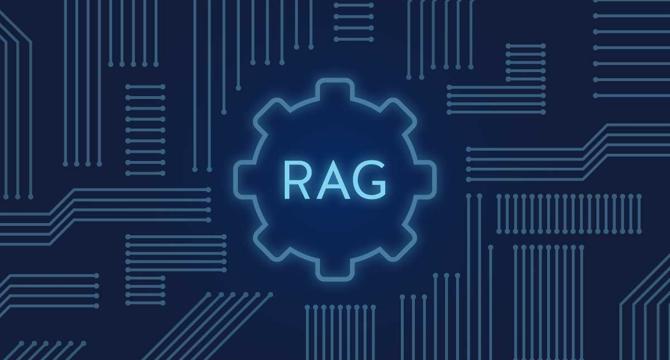Nordicapis
1M
229

Image Credit: Nordicapis
How to Deploy a RAG-Based Assistant Over Your Internal Resources
- Retrieval-augmented generation (RAG) is gaining popularity due to its ability to enhance AI systems by incorporating additional information from large datasets and local files.
- RAG-based assistants allow users to upload their own data, enabling natural language interactions for data summarization and querying.
- RAG works by augmenting training data with additional information sourced from the internet or local files, improving response accuracy.
- This tutorial guides users on deploying a RAG-based assistant using tools like Kotaemon for interacting with their data using natural language.
- Users can upload their data, like the Salesforce State of Sales Report, to explore the capabilities of RAG-based assistants.
- Kotaemon can be installed as a standalone tool, running on platforms like Hugging Face, Docker images, or directly from the CLI, facilitating different deployment options.
- By providing a platform-agnostic approach, users can easily set up their RAG-based assistants, benefiting from the advancements in natural language processing and summarization.
- Using tools like Kotaemon, users can interact with their data through natural language queries, obtaining quick and accurate summaries that may be challenging to achieve solely with code.
- RAG systems index and rank information chunks for accuracy, enhancing the response quality by combining results from the LLM with additional data.
- The ability of RAG-based assistants to provide trustworthy and contextual answers, along with their flexibility in handling internal data, showcases their potential for various applications.
Read Full Article
13 Likes
For uninterrupted reading, download the app